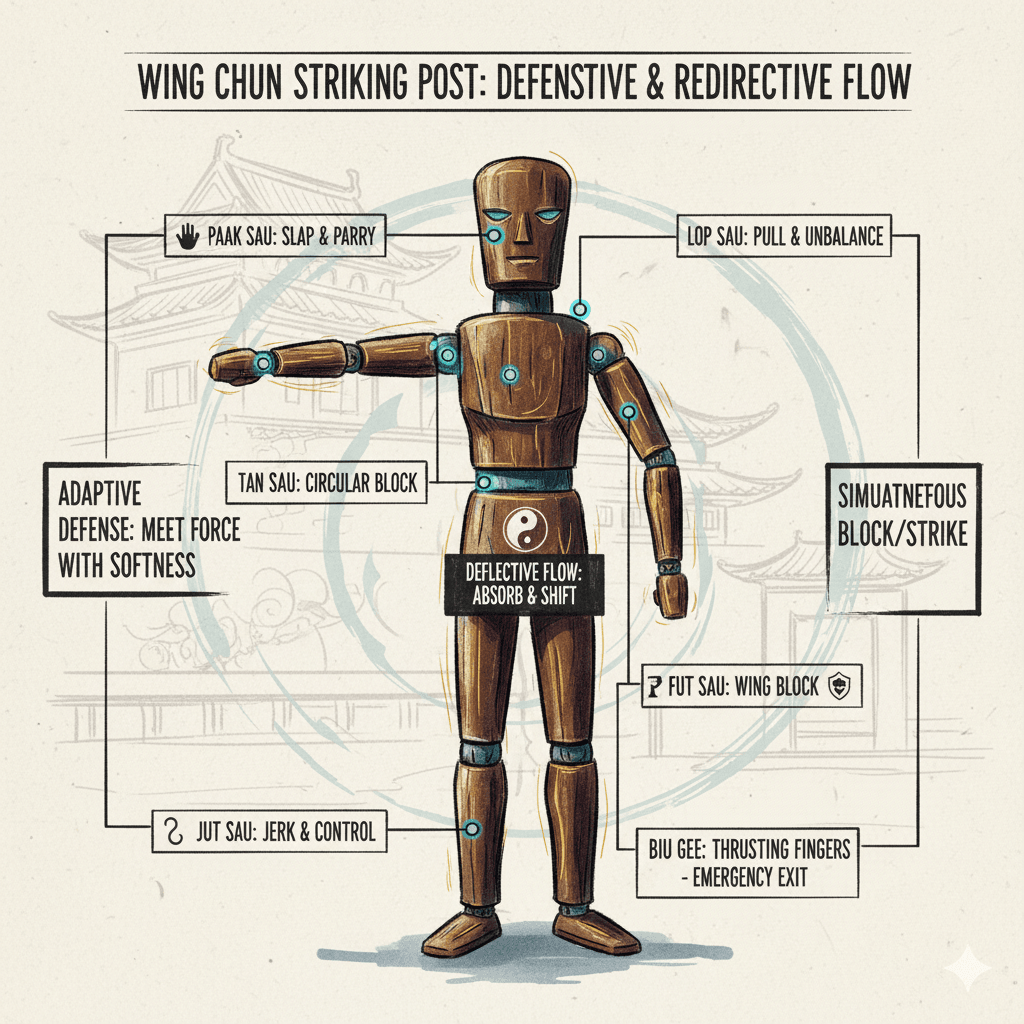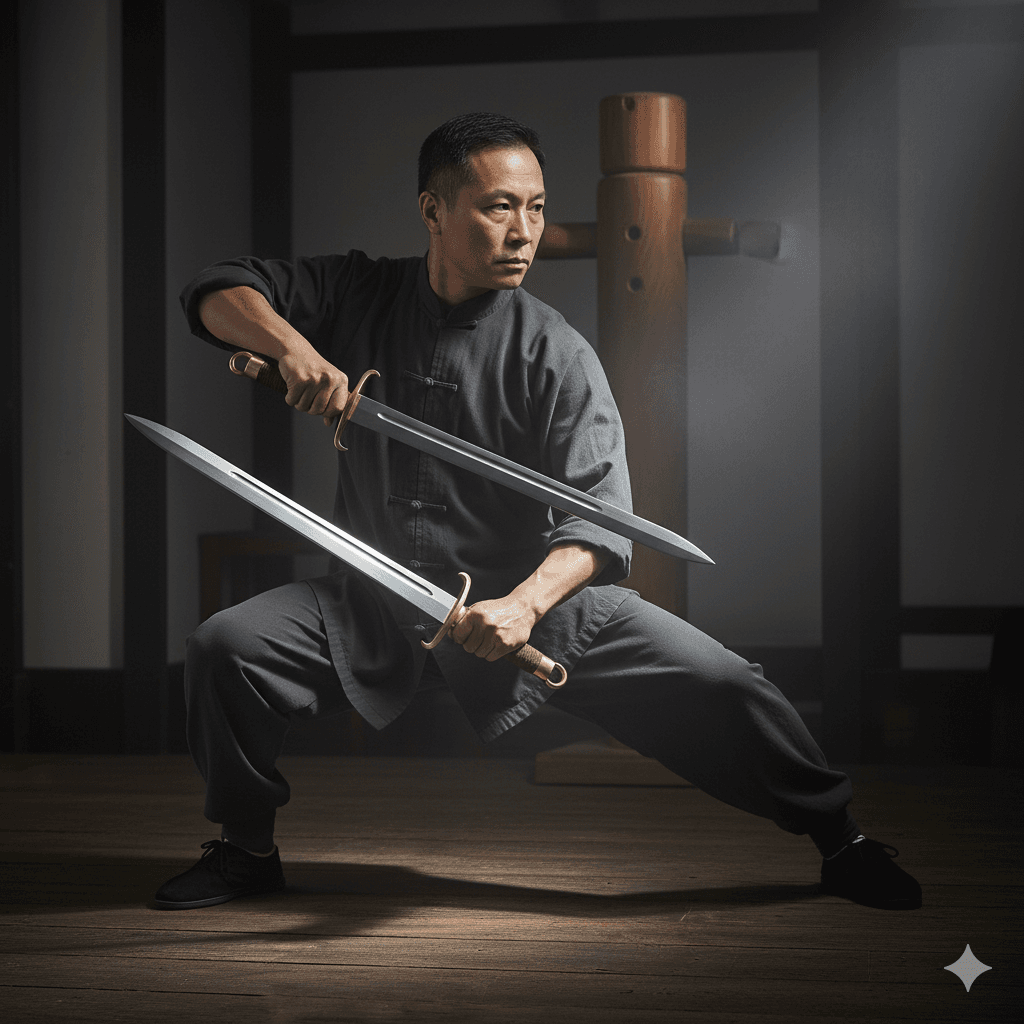The Wing Tsun wooden dummy, also known as Muk Yan Jong,
It is a traditional training device used in Wing Tsun Kung Fu.
Originally developed in China, the wooden dummy is used to refine techniques and movements, as well as improve the practitioner’s precision and responsiveness.
The dummy typically consists of a vertical trunk with three arms and one leg that simulate certain body parts of a human opponent.
The origin of the wooden dummy can be traced back to the southern Chinese martial arts,
in particular to the Shaolin Monastery, which is considered the birthplace of many traditional martial arts forms.
The Wing Tsun wooden dummy has been further developed over the centuries and adapted to the specific needs of Wing Tsun practitioners.
Its construction and design are designed to enable realistic training while promoting the resilience and endurance of the students.
History
The historical significance of the Wing Tsun wooden dummy is deeply rooted in the tradition and philosophy of Wing Tsun.
It symbolizes not only an opponent, but also the principles of the martial arts, such as precision, timing and structural integrity.
The dummy offers an unparalleled opportunity to practice the techniques in a controlled environment without the need for a real partner.
This is particularly valuable as it allows students to continuously improve their skills without risking injury.
Over time, the use of the wooden dummy has evolved.
Modern interpretations and adaptations have helped it gain recognition in other martial arts and fitness disciplines.
Despite these developments, the wooden dummy remains a central element of Wing Tsun training and an indispensable tool for mastering the effective and efficient techniques of this martial art.
The Wing Tsun wooden dummy, also known as Muk Yan Jong, is an essential training tool in traditional Wing Tsun Kung Fu.
Its physical structure and design are specifically designed to support and improve the techniques and principles of this martial art.
The wooden dummy is usually made of a sturdy wooden trunk that is about 1.5 meters high.
This trunk forms the central element to which the other parts of the dummy are attached.
A distinctive feature of the wooden dummy is its three arms, which protrude from the trunk at different angles.
These arms simulate the limbs of a human opponent and allow the practitioner to realistically practice various striking and blocking techniques.
Pole

The arrangement of the arms is designed to mimic the defensive and attack angles of an opponent.
Wing Tsun helps the practitioner to train their precision and reaction skills.
In addition to the arms, the wooden dummy has a leg that also protrudes from the trunk.
This leg represents the lower part of the human body and is used to practice kicking techniques and attacks on the opponent’s legs.
The position and height of the leg are chosen to enable a variety of Wing Tsun kicking techniques and encourage the practitioner to improve their footwork and balance.
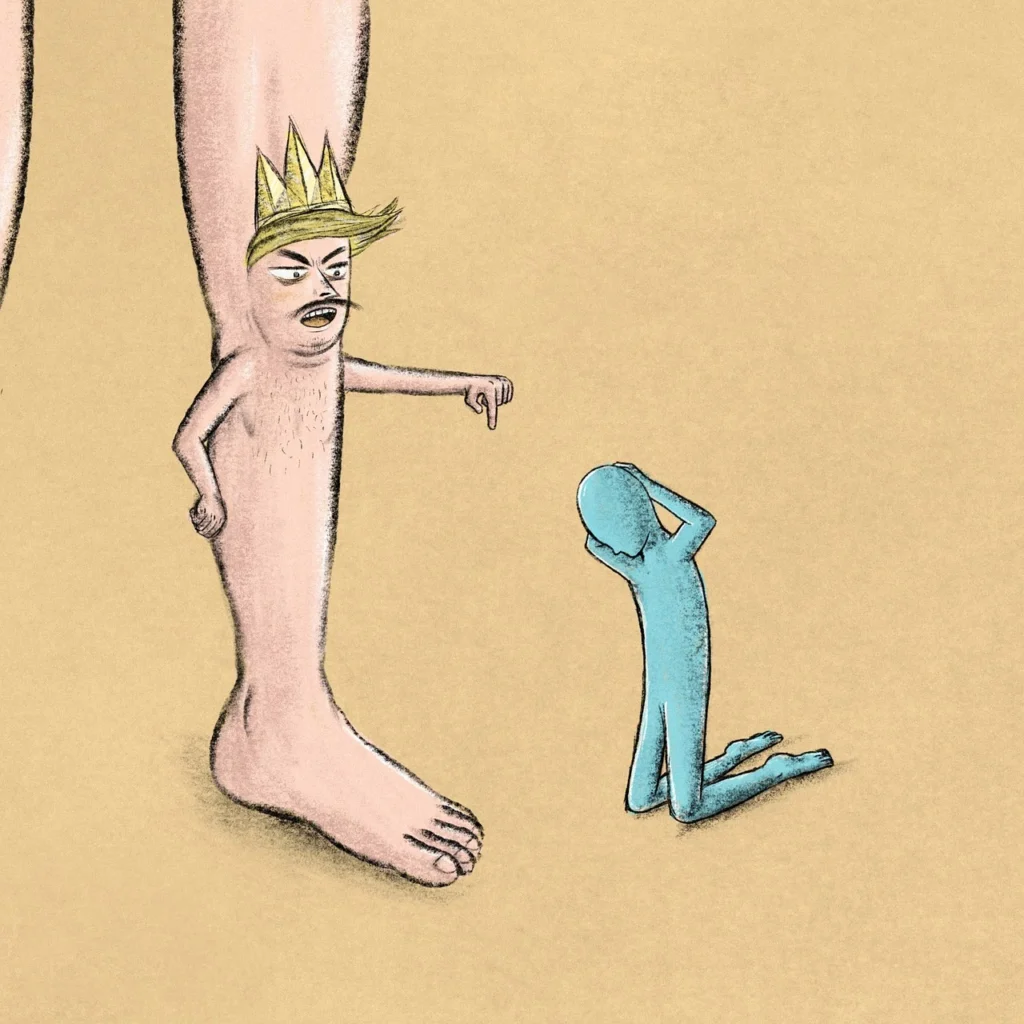
The entire structure of the Wing Tsun wooden dummy is designed to reflect the principles of martial arts.
The slightly flexible construction of the wood allows the forces used in various techniques to be absorbed while providing realistic feedback.
This helps the practitioner to refine his power transmission and technique without risking injury.
Through regular training with the wooden dummy, the precision, timing and technique of the Wing Tsun practitioner are continuously improved.
Advantages of training with the wooden dummy
Training with the Wing Tsun wooden dummy offers a variety of advantages that can significantly improve the skills and abilities of a martial artist.
One of the most outstanding advantages is the improvement in precision.
By repeatedly practicing on the wooden dummy, the trainee learns to place his punches and kicks precisely and accurately, which optimizes the accuracy in real combat situations.
Another significant benefit is the increase in strength.
The solid arms and legs of the wooden dummy provide resistance that challenges the muscles and thus increases the power of punches and kicks.
This not only leads to better penetrating power,
but also to an overall stronger physical constitution.
Speed is another element that is improved through training with the dummy.
Body
The structured form of exercise forces the trainee to perform quick and precise movements,
which helps to shorten reaction times and increase overall speed.
Technique also benefits significantly from training with the Wing Tsun wooden dummy.
The wooden dummy allows complex movements and techniques to be practiced in a controlled environment, allowing the technique to be refined and perfected.
This leads to better control and a deeper understanding of the martial arts principles.
In addition, training with the wooden dummy helps to sharpen reflexes.
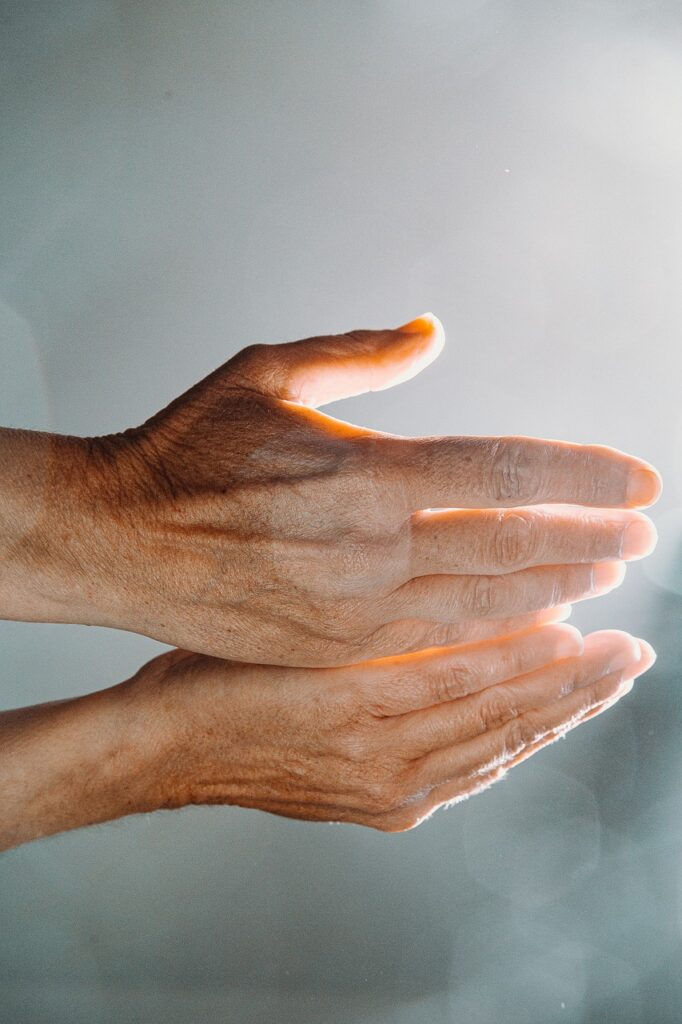
The constant interaction with the dummy’s rigid arms and legs forces the trainee to develop quick and precise reactions,
which can be invaluable in a real fight.
Finally, training with the wooden dummy helps to strengthen the body structure.
The firm and stable movements required to work effectively with the dummy promote correct posture and strengthen the entire musculature, especially the trunk and limbs.
Basic techniques on the wooden dummy
The Wing Tsun wooden dummy, also called Muk Yan Jong, is an essential training tool in the Wing Tsun martial art.
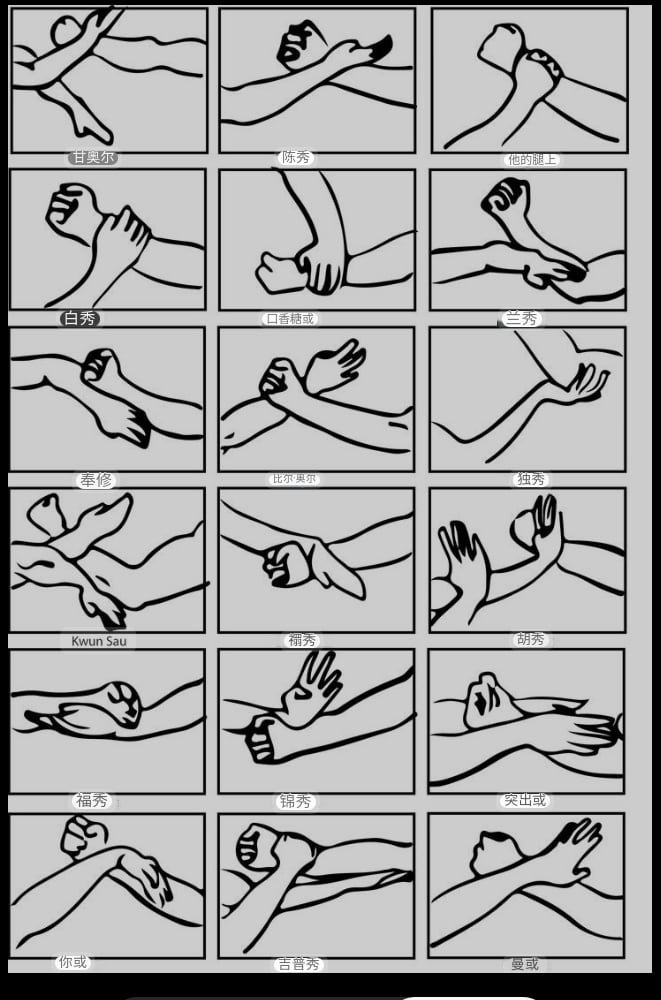
It is used to refine basic techniques and improve the precision of movements.
The techniques include both attack and defense movements, which can be practiced on the dummy.
One of the first techniques to be trained on the wooden dummy is the straight punch.
This movement begins with a stable basic position.
The fist is pushed forward in a straight line, making sure that the shoulder remains relaxed and the power comes from the whole body.
Another fundamental element is the Bong Sao (wing arm) technique.
This involves raising the arm in an arc-shaped motion to block an attack.
It is important that the elbow is slightly bent and the movement comes from the center of the body.
Flexibility
This technique helps improve flexibility and responsiveness.
The Tan Sao (palm up) and Fook Sao (controlling hand) are other essential techniques that are practiced on the wooden dummy.
The Tan Sao is used to block attacks from the bottom up, while the Fook Sao is used to control the opponent and direct his movements. Both techniques require precise hand and arm movements as well as good posture.
Step-by-step instructions for these techniques are as follows: Start in the basic position.
Perform the Tan Sao movement by turning the palm upwards and raising the arm slightly.
Then change to the Fook Sao position by bending the elbow slightly and turning the palm downwards.
Repeat these movements slowly and with control to ensure correct form.
Regular practice of these basic techniques on the Wing Tsun wooden dummy not only improves muscle memory,
but also promotes the development of a fluid and effective movement sequence in combat.
Advanced techniques and combinations
The Wing Tsun wooden dummy, a central training device in Wing Tsun Kung Fu, offers a variety of possibilities for deepening advanced techniques and combinations.
These advanced training methods are essential for developing complex movement sequences and improving coordination and precision.
One of the most important techniques practiced on the wooden dummy is Chi Sao, also known as “sticky hands”.
This exercise allows practitioners to refine their sensitivity and responsiveness.
Through repeated training on the wooden dummy, the ability to anticipate the opponent’s movements and react accordingly is developed.
This forms the basis for a variety of advanced combinations.
Another central element in training with the wooden dummy is the use of chain punches and kicking techniques in various combinations.
Tactic
By training these combinations, not only will you improve your striking power, but you will also be able to seamlessly switch between different techniques.
This is crucial for developing effective defense and attack patterns.
In addition, advanced practitioners can use the wooden dummy to train more complex movement sequences such as turns and angle changes.
These moves are designed to unbalance the opponent and gain superiority in positioning.
Understanding and mastering these advanced techniques are essential to developing effective strategies in Wing Tsun.
The integration of leverage and throwing techniques into training with the wooden dummy significantly expands the range of possible applications.
These techniques require a high degree of precision and timing, which is perfected through continuous training on the wooden dummy.
The correct application of these techniques can give you the decisive advantage in a real self-defense situation.
In summary, training on the Wing Tsun wooden dummy offers a comprehensive platform for deepening and refining advanced techniques and combinations.
It allows practitioners to continuously improve their skills and master complex movements that are critical for effective defense and attack.
Integration of the wooden dummy into regular training

Integrating the Wing Tsun wooden dummy into regular training requires careful planning and discipline.
The wooden dummy, also known as “Muk Yan Jong”, is an indispensable tool in Wing Tsun that helps improve technique, timing and precision.
To get the most out of training with the wooden dummy, you should plan daily or at least weekly sessions.
Wing Tsun wooden dummy
An effective approach is to divide your workout into manageable segments of 15 to 30 minutes.
These short but intense training sessions allow you to focus on specific techniques without the risk of over-fatigue.
Frequent training is the key to mastering complex movements and developing muscle memory.
Additionally, In order to make the training varied and effective, different aspects of Wing Tsun should be included.
Switch between different techniques and combinations to cover all areas of martial arts.
For example, one day you can focus on arm movements, the next on kicks, and the third on combinations.
This ensures holistic training and prevents monotony.
Another important aspect is monitoring your own progress.
Keep a training diary in which you note what techniques you have practiced and what progress you have made.
This not only helps with self-reflection but also with identifying areas that still need improvement.
Regular video recordings of your training can also be helpful in objectively assessing your own form and technique.
Continuous improvement is the goal of every martial arts training.
So, Set realistic goals and work systematically to achieve them.
Small, consistent improvements lead to big progress over time.
Through a disciplined and structured approach, the Wing Tsun wooden dummy can become a valuable part of your training, taking your skills to a new level.
Common mistakes and how to avoid them
Training with the Wing Tsun wooden dummy offers an excellent opportunity to refine your own technique and internalize the principles of Wing Tsun.
However, there are some common mistakes that both beginners and advanced users can make.
These mistakes can affect the effectiveness of your training and increase the risk of injury.
A common mistake is incorrect posture.
Many students tend to tense their shoulders or arch their back, resulting in an unnatural and ineffective movement.
Basically, To avoid this, make sure that your shoulders remain relaxed and your back is straight.
A conscious posture not only helps to improve technique but also to prevent injuries.
Another common mistake is insufficient distance control.
The correct position to the wooden dummy is crucial to perform the techniques correctly.
Standing too close to the doll can limit freedom of movement, while too much distance can cause the techniques to lose their effectiveness.
Rule
A good rule of thumb is to maintain a distance where you can comfortably reach the doll with your arm outstretched without excessive stretching or bending of the body.
Wing Tsun wooden dummy
The speed and force of the movements are also often problematic.
Many students focus too much on executing the techniques quickly and powerfully, which can lead to errors in execution.
It is important to first focus on precise and correct execution of the movements before increasing speed and power.
This helps to refine technique and develop muscle memory.
Finally, lack of attention to detail is a common mistake.
Each movement and position has its own purpose and should be performed carefully.
It is advisable to train regularly with an experienced trainer who can point out mistakes and make corrections.
This not only promotes correct technique, but also a deeper understanding of the principles of Wing Tsun.
Care and maintenance of the wooden doll
Firstly, The care and maintenance of the Wing Tsun wooden dummy is essential to extend its lifespan and maintain its functionality.
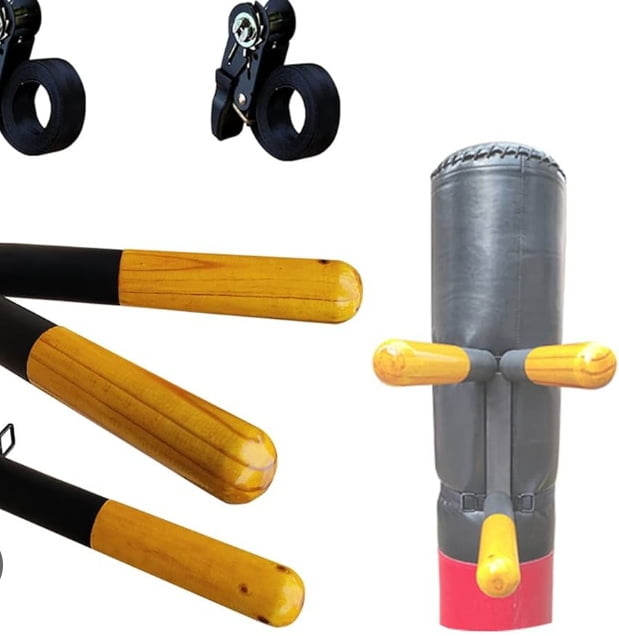
A key aspect of care is regular cleaning.
Care should be taken to ensure that the wooden dummy remains free of dust and dirt.
A soft, slightly damp cloth is ideal for gently wiping the surface.
Above all, Avoid using aggressive cleaning agents as these can damage the wood.
Proper storage is another important point to keep the wooden doll in good condition.
So, It should be kept in a dry, well-ventilated place to prevent moisture damage and mold growth.
Direct sunlight should also be avoided as it can bleach the wood and make it brittle.
From time to time it may be necessary to carry out minor repairs on the wooden doll.
This includes tightening screws or replacing worn parts.
However, Make sure that all moving parts of the wooden doll are well oiled to ensure smooth movement.
Conclusion
Use a suitable wood care oil that cares for and protects the material.
Material care also includes regularly oiling the wooden surface.
This prevents the wood from drying out and cracking.
Apply the oil in thin layers and allow it to absorb well before using the doll again.
Definitely, Excess oil can be wiped off with a clean cloth.
Finally, Make sure that the oil is evenly distributed to optimally protect the surface.
Also, By following these care and maintenance tips.
So,You can ensure that your Wing Tsun wooden dummy remains in perfect condition for many years and continues to support you effectively in your training session.


